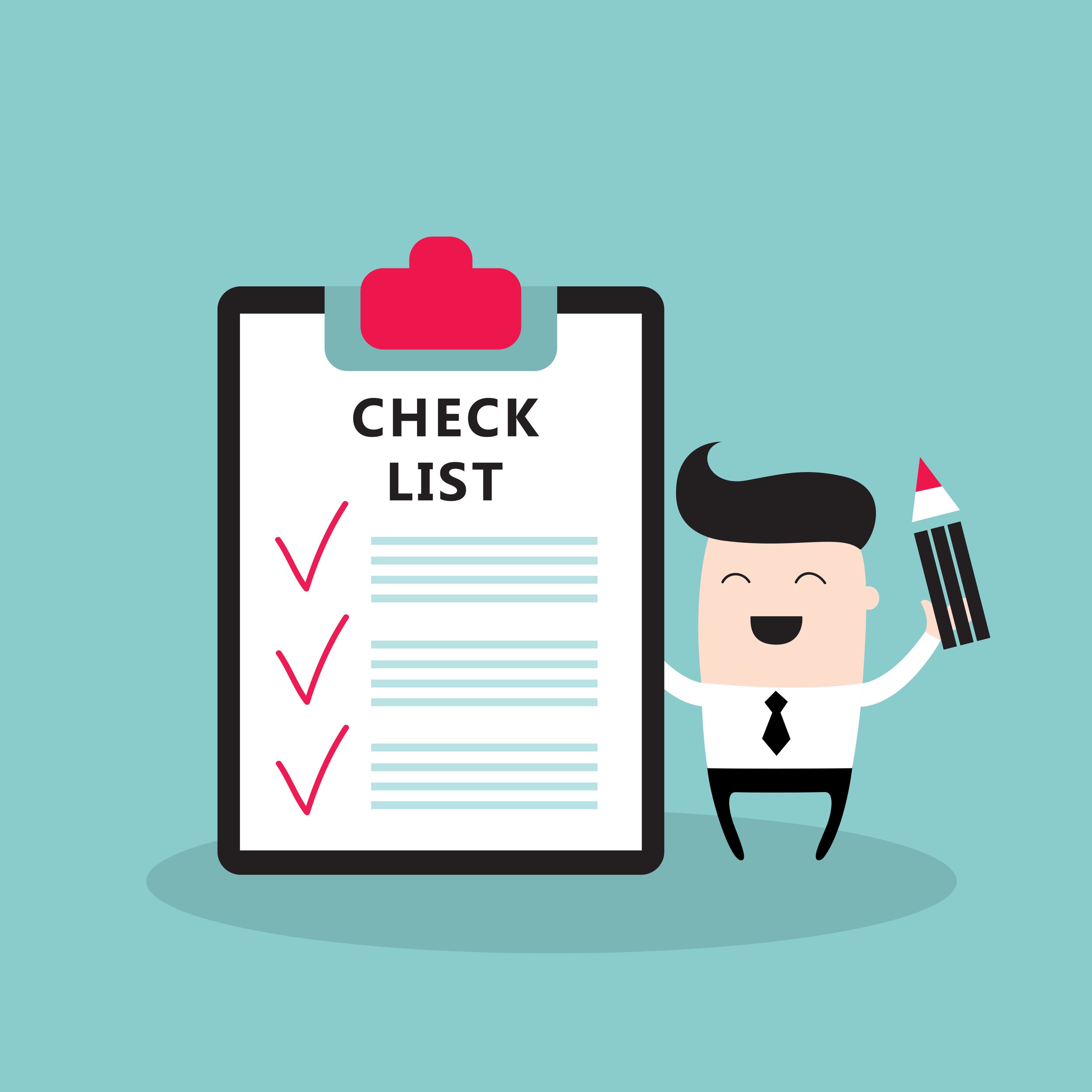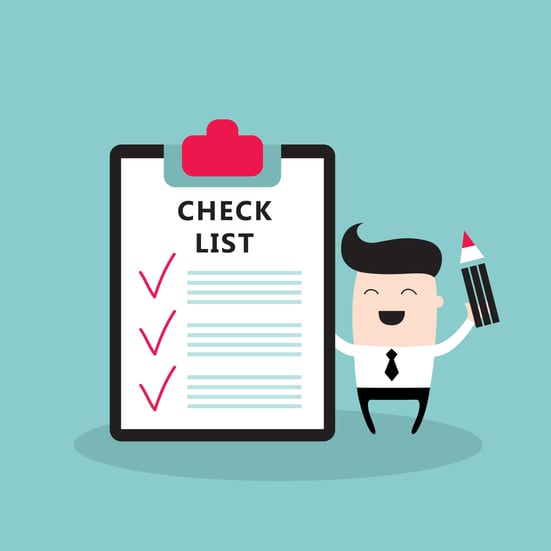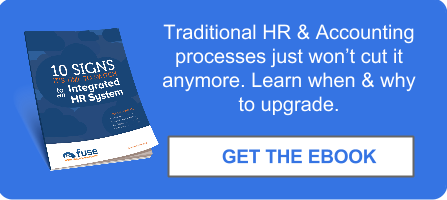Imagine showing up to a party where you know absolutely no one.
Although you’ve been invited to the party, you had to do a lot to impress the hosts and earn that invitation. You’re excited to be there and jump in on the fun, but when you walk in the door everything is in full swing. No one notices you’re there—not even the person who sent out the evite.
Bewildered, you try to resist the urge to turn and run.
This is what the first day on the job can feel like for a new hire.
Download our free guide to learn more about integrated HR systems.
Think about being the newbie, the outsider. You’re trying to make a good impression and prove to your company they’ve made the right choice by hiring you. But they aren’t the only one needing to be impressed. As a new employee, you’re also evaluating the place and the people you will be spending 40+ hours with every week.
The first day at a new job can be a make or break it moment for new employees, especially when more and more employees leave their jobs after six to 12 months.
How can you make a good impression on the first day of the job?
Learn six ways to begin successful employee onboarding from day one:
Be welcoming
Before their first day, give the new hire directions on where to go once he or she has arrived to the office—better yet, have someone waiting to greet them when they arrive. Be sure to include any special instructions regarding parking and security. Have a workspace prepared. Nothing makes someone feel unwanted like being thrown in a makeshift desk in the corner. Show the new employee that you were expecting them.
Have a plan
Don’t drop off the new hire at his desk with a stack of paperwork and leave him there for eight hours. Have a prepared agenda for the first day (really, the first week) with a blend of meetings, orientation, and paperwork. Include a welcome lunch with someone in HR or other staff members. No one wants to spend their first day eating lunch alone in their car. This will be a great start to the employee onboarding process.
Streamline the paperwork
Like the first day of school means coming home with a stack of syllabi, the first day at a new job means paperwork—and more paperwork. Consider adopting a comprehensive HR software module that addresses the complete employee lifecycle from hire to retire. That way, the new hire can complete forms in a productive manner (maybe even before the first day), and HR can have all the employee’s information and records in one place for a simplified and streamlined employee onboarding process.
Utilize your veteran employees and company evangelists
Whether it’s another team member from the new hire’s department or someone who is just really passionate about the company and its people, have certain staff make a point to reach out the the new hire throughout that first day. Even better if you can afford to implement some type of buddy or shadowing program for training. Employees shouldn’t be trained only on their position, but on company culture as well.
Include something fun
All the paperwork that comes with employee onboarding can be a drag. This is your opportunity to show the new hire what’s unique about your company and that your company likes to have fun (which is true, hopefully). Include a some business swag, a company history, or a who’s who fact sheet. You can also include some of your employee’s favorite restaurants and other points of interest in the neighborhood. Investing in new employees can go a long way for employee engagement.
Listen to the new employee
Ask for feedback about the first day. This doesn’t stop after day one—conduct periodic evaluations to allow for the new hire to address any issues, positive or negative. This not only helps the employee express concerns and feel valued, it’s an opportunity for HR to continue to improve the onboarding process.
These all sound like good ideas, but they can take some time. Why not switch to an integrated HR system and streamline your entire HR process? Don’t know if a WFMS is right for your company? Read the ebook, 10 Signs It’s Time to Switch to an Integrated HR System.


